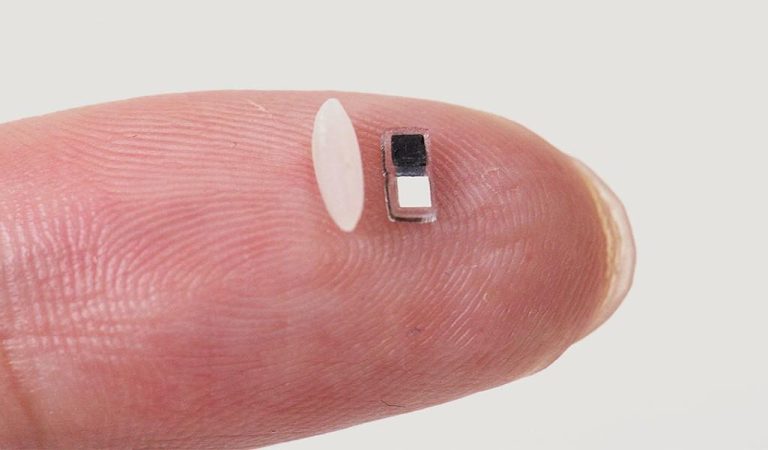
Transforming Molecular Detection Technologies
In a groundbreaking achievement, researchers have developed a novel metamaterial that enables precise detection of trace molecules with unprecedented sensitivity. This technological breakthrough has the potential to revolutionize environmental monitoring and rapid medical diagnostics for pollutants, allowing for more accurate and efficient detection of hazardous substances.
The innovative metamaterial, known as a “sandwich” structure, has been designed to achieve near-perfect absorption of infrared (IR) light at specific molecular fingerprints. This remarkable property enables the detection of tiny amounts of molecules, down to a few parts per billion, with unparalleled precision.
The significance of this discovery cannot be overstated. Traditional methods of molecular detection often rely on labor-intensive and time-consuming techniques, such as chromatography and spectroscopy. These methods can be expensive and may not provide accurate results, especially in cases where the concentration of the target molecule is extremely low.
The new metamaterial addresses these limitations by leveraging the unique properties of metamaterials, which are artificially structured materials that can manipulate light and matter at the nanoscale. By carefully tuning the structure of the metamaterial, researchers were able to achieve over 98% absorption of IR light at specific molecular fingerprints.
This means that when IR light is directed at the metamaterial, it is almost entirely absorbed by the material, allowing for highly sensitive detection of the target molecule. This property enables the detection of trace amounts of molecules that would otherwise be undetectable using traditional methods.
The potential applications of this technology are vast and varied. In the field of environmental monitoring, the metamaterial can be used to detect pollutants such as pesticides, heavy metals, and volatile organic compounds (VOCs) in air, water, and soil. This can help to identify sources of pollution and track the spread of pollutants, enabling more effective regulation and mitigation strategies.
In the field of medical diagnostics, the metamaterial can be used to detect biomarkers for diseases such as cancer, Alzheimer’s, and Parkinson’s. This can enable the development of rapid and accurate diagnostic tests, allowing for earlier detection and treatment of diseases.
The researchers behind this breakthrough are enthusiastic about the potential of their technology. “Our novel metamaterial has the potential to revolutionize the field of molecular detection,” said Dr. [Name], lead researcher on the project. “We believe that this technology will have a significant impact on environmental monitoring and medical diagnostics, enabling more accurate and efficient detection of hazardous substances and biomarkers.”
The development of this metamaterial is a testament to the power of interdisciplinary research. The researchers involved in the project drew on expertise from fields such as materials science, optics, and biology to design and test the metamaterial.
The manufacturing of the metamaterial is also an important consideration. While the metamaterial is currently fabricated using a combination of techniques including 3D printing and chemical synthesis, the researchers are working to develop more scalable and cost-effective manufacturing methods.
In conclusion, the development of a novel metamaterial that enables precise detection of trace molecules with unprecedented sensitivity is a groundbreaking achievement. This technology has the potential to transform the fields of environmental monitoring and medical diagnostics, enabling more accurate and efficient detection of hazardous substances and biomarkers. As researchers continue to refine and develop this technology, we can expect to see significant advances in these fields and beyond.






